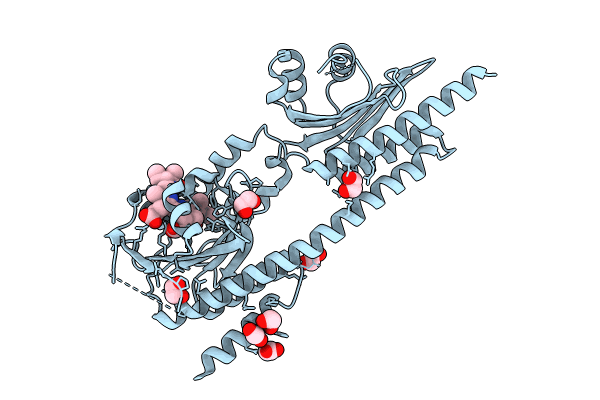
Deposition Date
2024-02-20
Release Date
2024-05-22
Last Version Date
2024-12-25
Entry Detail
PDB ID:
8W26
Keywords:
Title:
X-ray crystal structure of the GAF-PHY domains of SyB-Cph1
Biological Source:
Source Organism:
Synechococcus sp. JA-2-3B'a(2-13) (Taxon ID: 321332)
Host Organism:
Method Details:
Experimental Method:
Resolution:
2.60 Å
R-Value Free:
0.24
R-Value Work:
0.20
R-Value Observed:
0.20
Space Group:
P 43 21 2


